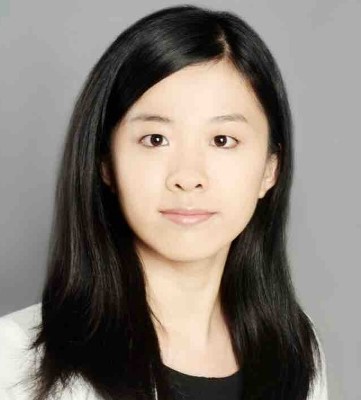About me
Welcome to my website!
I will be starting a Presidential Postdoctoral Fellowship at Nanyang Technological University in Singapore in December 2023, mentored by Kelin Xia. Before this, I received PhD in applied mathematics from the University of Edinburgh, supervised by Desmond Higham and Kostas Zygalakis. My PhD was supported by the MAC-MIGS CDT, a joint Centre for Doctoral training program between the University of Edinburgh and Heriot-Watt University.
My research interests include learning on graphs/hypergraphs such as embedding, clustering, and structure recovery, generative models that describe the interaction mechanism, and dynamics processes on graphs/hypergraphs. I am also interested in the application of graph/hypergraph-based approaches to real-world problems such as social network analysis, image classification, and natural language processing. My PhD research involves analyzing graphs/hypergraph embedding algorithms and deriving corresponding random graph models.
Before my PhD, I earned an MSc in Statistics from the National University of Singapore, and a Bachelor of Science in Physics from Nanyang Technological University in Singapore during which I developed my interest in understanding interactions and patterns in complex systems.
Here is my CV.
Research Interests
- Spectral clustering
- Graph models and algorithms
- Topological deep learning
- Application in biology, material science, and social sciences
Research Interests
I am interested in graph embedding/graph drawing algorithms that find the position of nodes to reveal certain structures, and understanding what generative model they are assuming. These models take the node position as input, and generate edges randomly. These model have several potential benefits: they help us quantify structures and answering the question such as “why we should draw the graph this way rather than another?” They also provide a model to generate synthetic data the produce desired structures. They also help interpret the graph embedding, for example if we know the position of two nodes, we could learn the probability distribution of the edge between them using the model.
